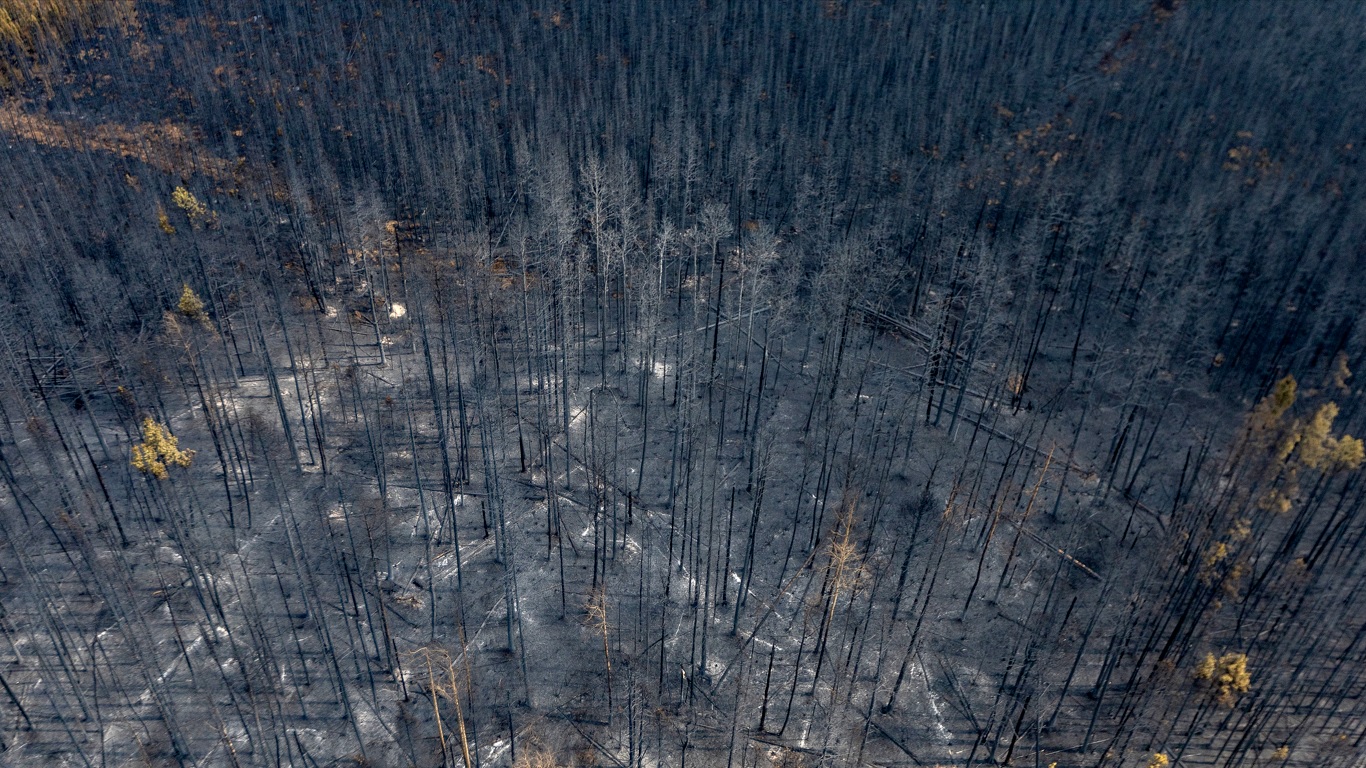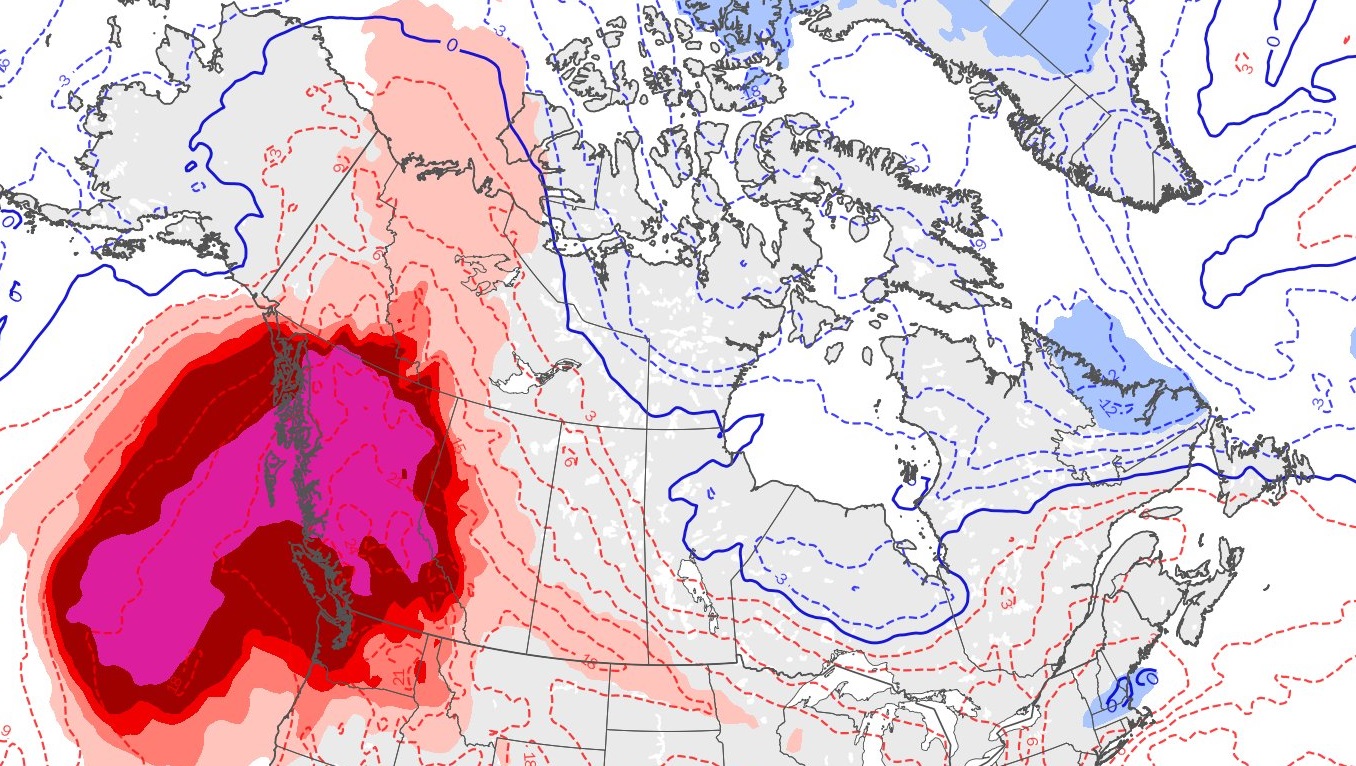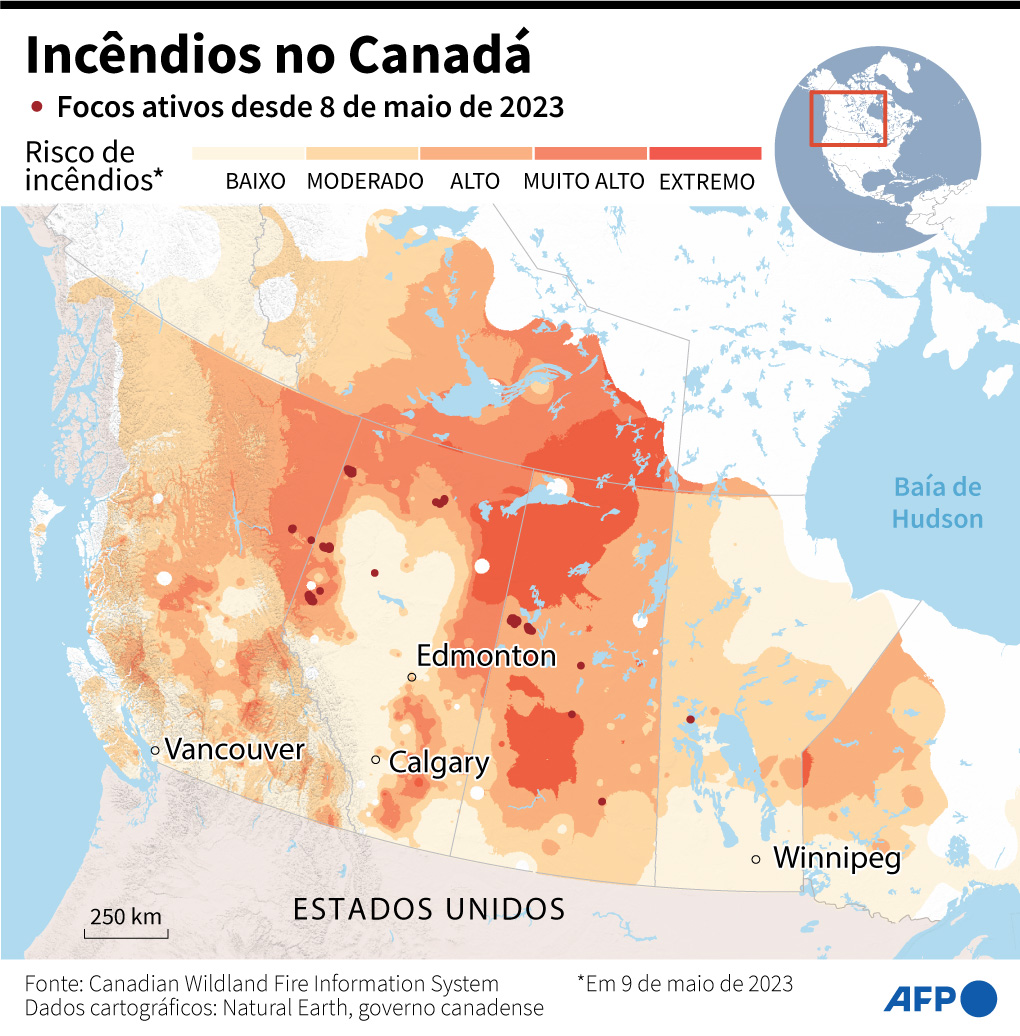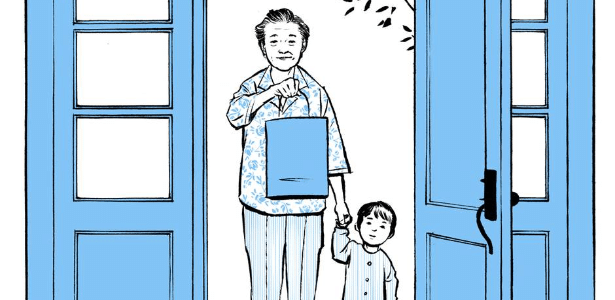A brutal and historic heat wave will hit western Canada and the northwestern United States between the end of this week and the beginning of the next. The region has been plagued by major forest fires and dry weather. Data from weather models are impressing Canadian and North American meteorologists with the intensity of the heat to come.
TOMER BURG
This heat wave resembles the historic June 2021 event, but is impressive because it occurred more than a month before the extreme event two years ago. The heat will punish British Columbia and Alberta, Canada, as well as the northwestern United States.
A heat dome will set in this weekend in Western Canada, which will generate exceptional warming. While the 2021 event has broken many all-time records in the Pacific Northwest of the United States and Canada that will no longer be likely to be broken, the setup and nature of this event is similar. . An area of high pressure – also known as a heat bubble – is expected to expand and become very intense this weekend.
The projected intensity for this heat bubble will reach historic values for the summer months, but it is still the first half of May and the height of summer is far in the region that will be affected, making the most impressive extreme heat event.
Temperatures are likely to stay below 2021 extremes as the event occurs earlier in the year, but highs at some points are still likely to be nearly 20C above normal , something like Porto Alegre or São Paulo are almost 50°C in the shade in December in terms of climatological deviation.
The fact that this extreme heat event occurs just two years after the incredible heat event of 2021 is considered by many meteorologists to be exceptional. The 2021 event was considered a once-in-a-thousand-year event, according to attribution studies, and caused the deaths of hundreds of people from high temperatures.
According to Thierry Goose, climate historian for British Columbia, maximum temperatures can reach up to 38 ºC in the greater Vancouver area and exceed 40 ºC in the interior of the Canadian province.
Is such heat in this part of the world unprecedented in May? Yes and no, according to Goose. Western Canada experienced severe heat waves in May in 1897, 1936, 1983 and 2005, but the worst event of the month occurred in 1983. Almost all stations in British Columbia and the Yukon set their monthly records at the 1983 event.
Outstanding!! All areas in magenta indicate a record upper mean level ridge (500mb) by the weekend. This is a huge heat dome reaching a maximum of 4.2 standard deviations (sigma) from the mean. A peak magnitude on par with June 2021🧵 pic.twitter.com/wobctbjjHR
—Jeff Berardelli (@WeatherProf) May 10, 2023
The big difference, according to the climate historian, is that this heat wave is earlier, occurring in mid-May. The extreme event of 1983 took place at the end of the month, almost in June, when the maxima were already higher, which could make this episode unprecedented in its intensity and precocity.
After one of the coolest spring starts since 2012, an early season heat wave is possible this weekend for coastal parts of the Pacific. North West. With temperature swings 20 to 30 degrees above average, many records can be broken when daily highs approach or exceed 90F. pic.twitter.com/Bx5Ykl2xwI
– NWS Weather Prediction Center (@NWSWPC) May 10, 2023
With extremely dry air and exceptional heat, the concern is fires. A respite from soaring temperatures in recent days has brought some relief to wildfires in Alberta, western Canada, as reinforcements arrive to battle the blaze.
As of Wednesday, 76 fires were still burning in the province, up from 110 days earlier, officials said. Twenty-three are still out of control. Canadian provinces and the US states of Oregon and Alaska have sent reinforcements to fight the fires, which officials say could reignite this weekend.
The number of people evacuated due to the impact of the fire fell to 24,000 from 30,000 last weekend, officials said. In the north of the province, indigenous populations have been hard hit. “There was a great loss of infrastructure, no lives, thank God, but 4,000 people were evacuated, more than 150 homes were destroyed,” said Patty Hajdu, Minister of Indigenous Services.

Burnt landscape caused by forest fires near the entrance, Wild Hay region, Alberta, Canada, May 10. The fire has forced thousands to flee, disrupted oil production and razed towns, with the western province of Alberta asking for help from the federal government. Around 30,000 people have been ordered to leave their homes. | MEGAN ALBU/AFP/METSUL METEOROLOGY

Vehicles destroyed by wildfire fire on property in Drayton Valley, Alberta, Canada, last Monday. A blistering heat event now threatens to rekindle wildfires in western Canada. | WALTER TYCHNOWICZ/AFP/METSUL METEOROLOGY
Due to its geographic location, Canada is warming faster than the rest of the world. These phenomena are therefore more and more likely to be repeated frequently. “In total, 390,000 hectares have already burned. It’s 10 times longer than a normal year, and we’re just getting started,” said Danielle Smith, premier of Alberta, where a state of emergency has been declared. “It’s an extraordinary and unprecedented event, so I believe we have to be prepared for the future,” he said.
“This is an exceptional year insofar as the accumulation of burned surfaces is very rapid, as well as the very large number of fires at the same time,” Yan Boulanger, forest fire specialist at the ministry, told AFP. Natural Resources Canada. The vast majority of fires are caused by human action.
Spring is a risky period for fires in this part of Canada: there is no more snow on the ground and the plants are not yet green. “We ended up with very dry undergrowth and very flammable trees because they don’t have leaves,” Boulanger said. “Conditions for the past few weeks have been very dry.” “It’s always a dangerous time,” said Terri Lang, a meteorologist at the Department of the Environment.
At the beginning of May, a meteorological phenomenon occurred which “brought really abnormal hot and dry conditions in the province at the moment”, the expert told AFP. A high pressure peak prevented the arrival of the rains and maintained the heat, which helped break several temperature records in the region. In Edmonton, the provincial capital, thermometers reached 28.9 degrees on May 1, an all-time high since 26.7 degrees in 1931.
Added to this are the winds favored by the temperature differences between the cold in the North and the heat in the South. “It was the perfect storm,” Lang said. Boulanger said “if conditions remain extreme, it could go on for weeks or months.” The forestry specialist recalled that in May 2016, the gigantic fire in Fort McMurray, a city known for its huge industrial complex, took almost a year to extinguish.
Diana Stralberg, a researcher with the Ministry of Natural Resources in Edmonton, explained that human-caused climate change is extending the fire season and causing more frequent “extreme fire conditions”. “Although fire is a natural process of forest renewal, the most frequent fires, as well as fires followed by droughts, can interrupt the regeneration of conifers” and cause the reduction of forest areas in favor of pastures, he said. -He specifies.
Gradually, the forest is shrinking, with direct consequences for dozens of species of migratory birds and reindeer. “Models to predict future fire and vegetation conditions have shown that under high-level warming scenarios, up to 50% of Alberta’s boreal forest could be at risk of becoming grassland by the end of of the 21st century,” Stralberg said. Increased fires also mean large greenhouse gas emissions, further intensifying climate change, in a mechanism the researchers call a “fire-climate feedback loop.”

“Prone to fits of apathy. Beer evangelist. Incurable coffeeaholic. Internet expert.”








